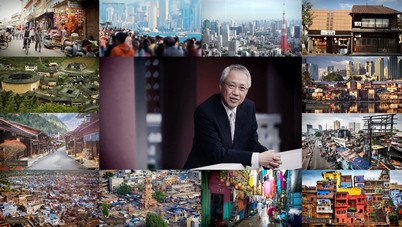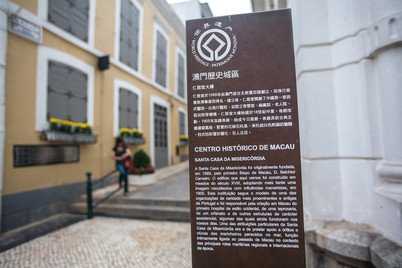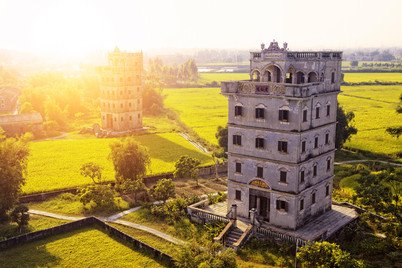Reflections from a "Storey-Teller"
Professor David Lung has been educating professionals and the public about the cultural value of built heritage and has helped three places to achieve UNESCO World Heritage status. "The value of education is in knowledge exchange", he says.
Architecture may be the art of designing and constructing buildings, but Professor David Ping-yee Lung, retired Lady Edith Kotewall Professor in the Built Environment, sees it as so much more – a source of stories that “express the identity of a certain place or a certain people to the world”. His job is to help them to preserve this heritage.
Starting from the 1990s, when he chaired Hong Kong’s Antiquities Advisory Board(AAB), Professor Lung has been educating professionals and the public about the cultural value of built heritage and has helped three places to achieve UNESCO World Heritage status..
His UNESCO involvement started in Macau in 2000, when he led the inaugural class of his taught Architectural Conservation Programme on a study trip. When he contacted the heritage office of the Instituto Cultural de Macau, they were putting together an application for World Heritage status and immediately recruited his help. He steered the enclave to achieving World Heritage status in 2005.
That success led another city, Kaiping, to recruit him for their UNESCO application. Kaiping, in the western part of Pearl River in Guangdong, is remarkable for the Western-style towers, called Diaolou, that dot its countryside. They were built by families of labourers who worked in the gold mines and railways of North America and Australia in the late 19th and early 20th centuries. Those labourers worked in difficult and sometimes slave-like conditions, and remitted their earnings back to Kaiping, where their relatives thought they were rich and would throw lavish parties. Those relatives and the labourers who returned would later be denounced as landlords in the early days of the People’s Republic of China.
“This is the kind of human and cultural story you want to tell the world. The outstanding universal value of the Diaolou is not so much the architecture; it’s the stories behind the facades. That’s why I was interested to get involved and that’s why it became a World Heritage site in 2007,” he said.
His third World Heritage project was as UNESCO evaluator of a joint application from Malacca and Penang in Malaysia. On his recommendation, the application was expanded to include the hillside Bukit Cina, which has graves of Chinese of Ming Dynasty, some pre-dating the arrival of the Portuguese in the 16th century and a temple to Admiral Zheng He. World Heritage status was accorded in 2008.
Since then, Professor Lung has pulled back from international work to focus more on teaching, including an HKU Massive Open Online Course(MOOC) on edX; the three respective courses are: “In Search for Vernacular Architecture of Asia”, “Vernacular Architecture of Asia: Tradition, Modernity and Cultural Sustainability” and “Interpreting Vernacular Architecture in Asia”. He has also served on more than a dozen public bodies on issues relating to architecture, the environment and cultural heritage.
“The value of education is in knowledge exchange,” he said, “as teaching and learning is mutually enhancing. Students learn to interpret historic environments and make it relevant to their own cultural context and identity.”




